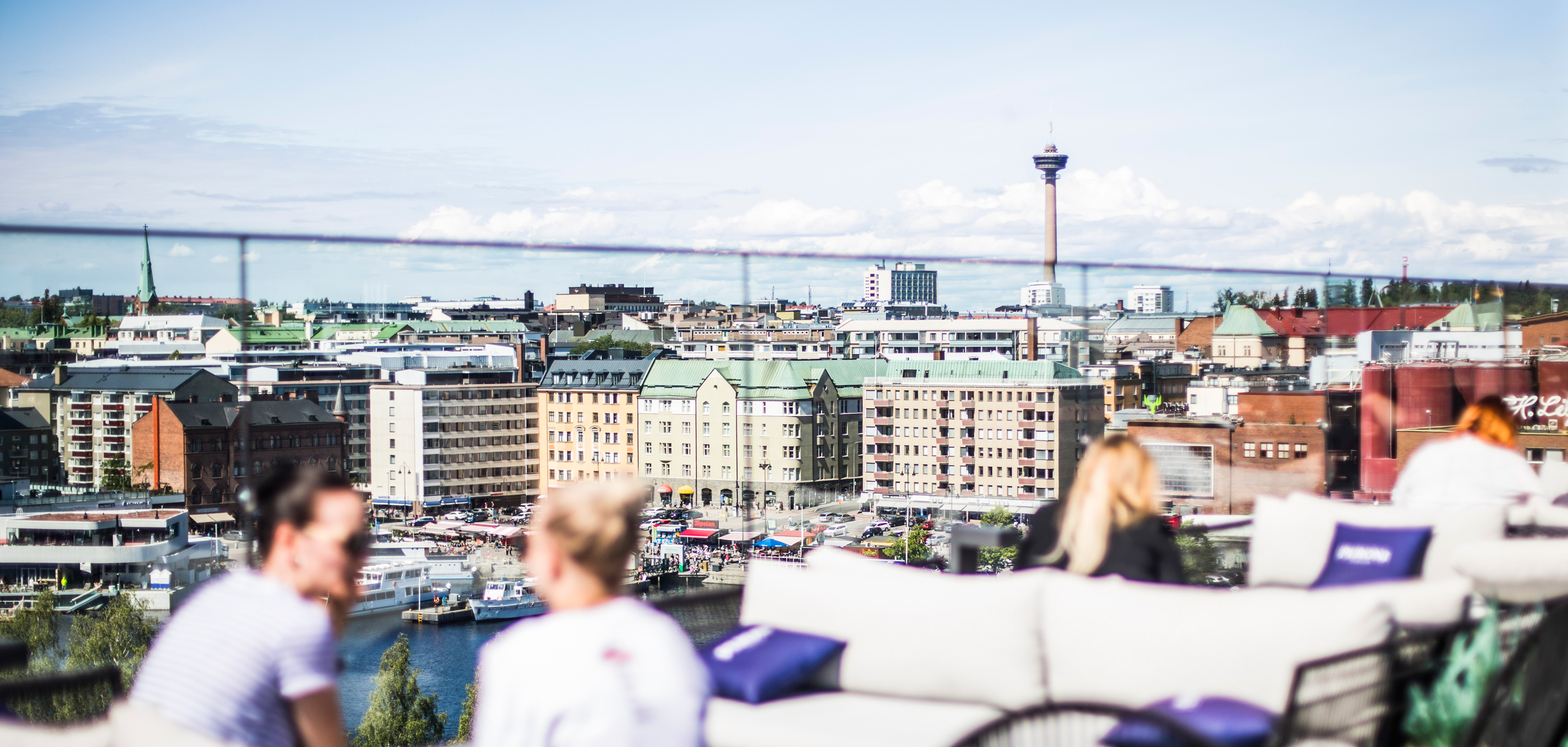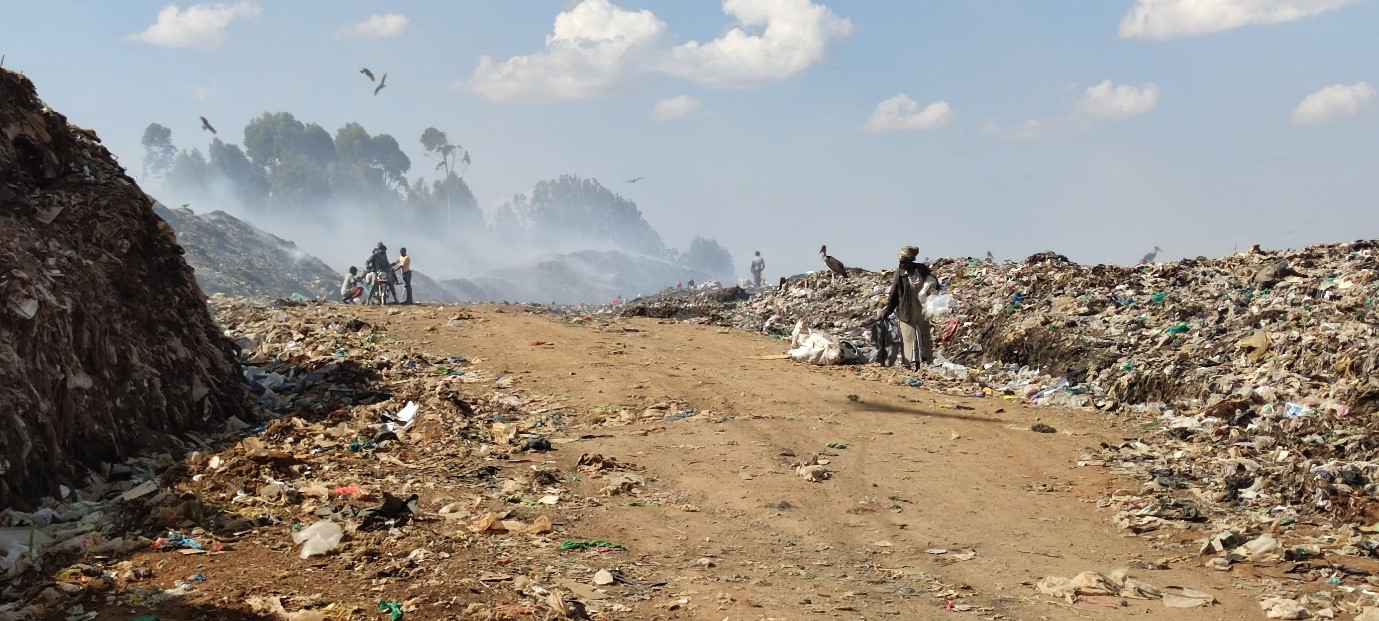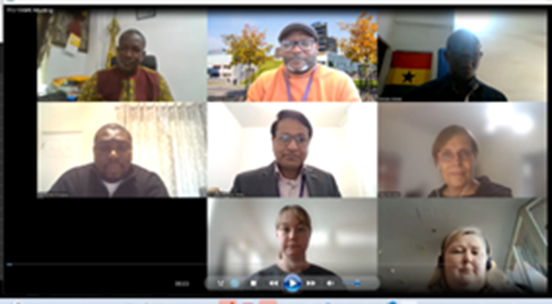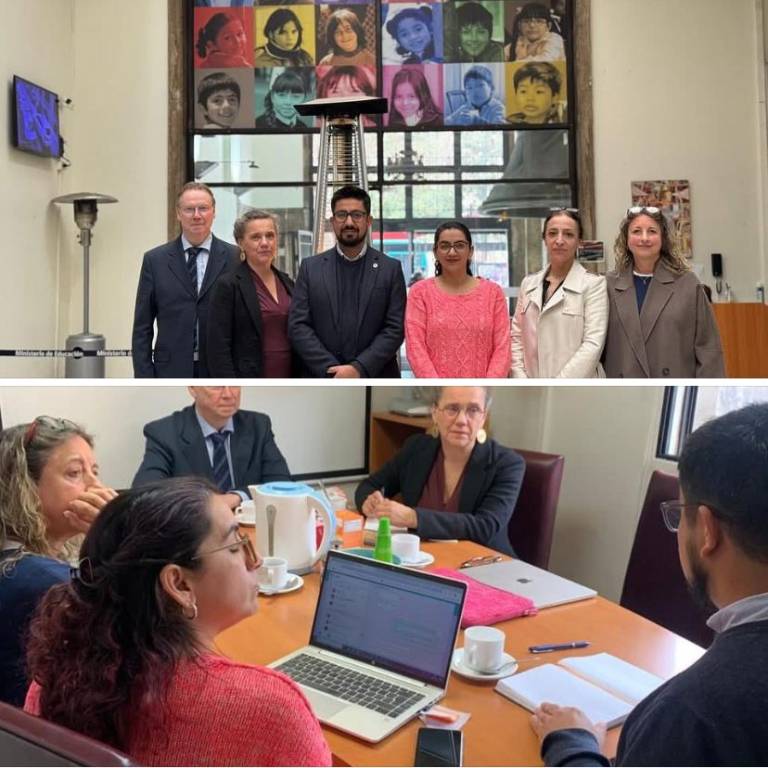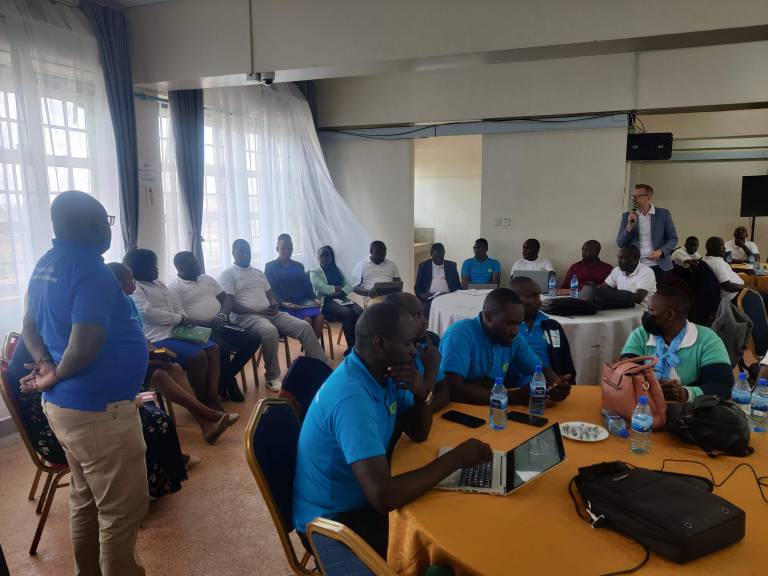A delegation of multiple stakeholders took part on the trip
A delegation from Tampere, representing education partners from the city, higher and vocational education, visited counties of Uasin Gishu and Elgeyo Marakwet in Kenya from 21st to 25th of March. These counties are located about 320-350km North-West of Nairobi (a 5-6 hour drive). The Tampere team represented TAMK, TAKK, Varala Sports Institute and Business Tampere.
A couple of years ago, we signed an agreement with the counties about Nursing Degree Education. Since then, the education cooperation has extended to physiotherapy and circular economy, as well as vocational education provided by VET’s in Tampere.
Our hosts in both counties made us very welcome indicating their appreciation and respect towards Finnish partners. As we continued our discussion, we were presented the actual issues and development needs in the counties. Due to my background in environmental engineering and circular economy the issues related to waste management and sanitation were of most interest.
The dangers of lacking waste management systems
There is an existing system of collecting mixed waste, but source separation is practically non-existent especially with the household waste. Every day, hundreds of tonnes of mixed waste are brought into the dumpsite. Part of the dumpsite is burning and releasing toxic gases to the air. It is worth mentioning that there is a housing area in the vicinity of the site.
The sorting of recyclables is done by scavengers (including children) who sort plastics, carton, metals (mostly cans) and glass from the waste loads. There is a market for the recyclable material giving opportunity to earn money. However sorting the truckloads of waste in the heat and smoky air is hard and unhealthy.
The gap between this reality and waste management systems in Finland is almost overwhelming. What is most striking to me, is that I have seen this so many times before in various countries. The need for establishing a solid and functional infrastructure to support efficient collection, safe management and to promote reuse and recycling of waste is urgent. Furthermore, the biggest share of the waste is organic, which causes even more health risks when decomposing and burning in an uncontrolled way. Proper management of biowaste would create a possibility to produce organic manure to be used as soil improver and fertilizer or also energy in the form of biogas.
Knowledge and cooperation bring hope
There is no reason to try to copy the Finnish system to the Kenyan context. There is, however, a need to share our ways, experiences, legislation, and technologies and apply those to fulfill the local needs and culture. Our role and competences are strongly in the education of experts who understand and have knowledge of leadership and development orientation in circular economy.
Yes, this is how I see the potential – as a possibility to create sustainable business from waste by establishing a waste sorting plant where the collected waste could be sorted and taken for further processing. This would create jobs to the local community and help in cleaning the environment.
What is urgently needed, is the incentive for the people to dispose the waste in appropriate places for collection. The question: What’s in it for me? needs to be answered. This does require a significant effort from the local administration, reliable and efficient partners and funding of course.
Furthermore, we can be partners in the research and development of the local system. We can’t save the world, county or a single housing area alone. But what we can do, is to connect the parties and stakeholders to promote the development in cooperation and share the globally known and appreciated expertise of TAMK.
Text and photograph: Eeva-Liisa Viskari, Impact Area Leader at TAMK

